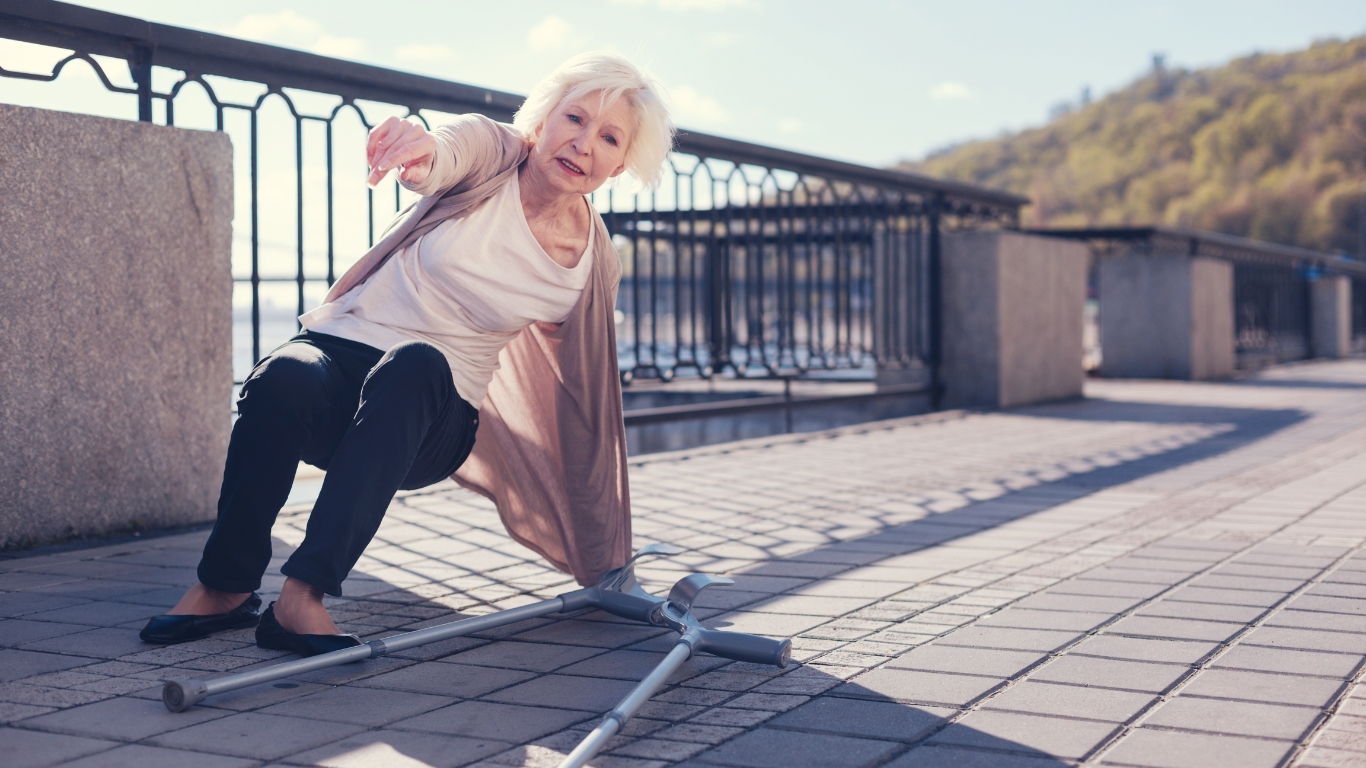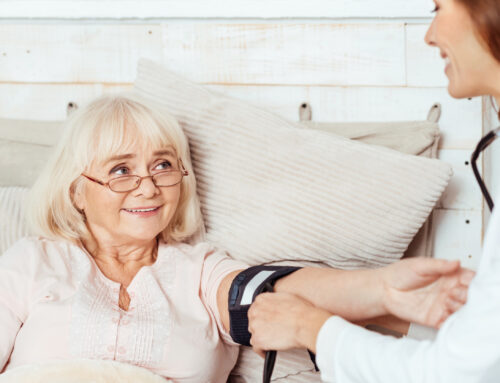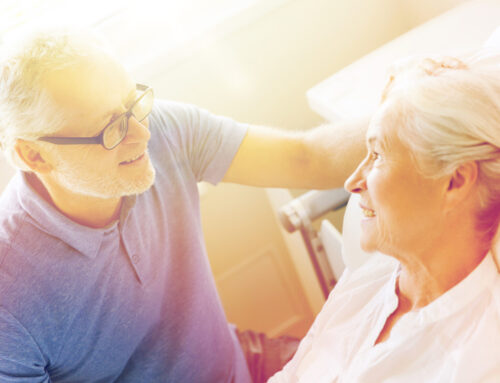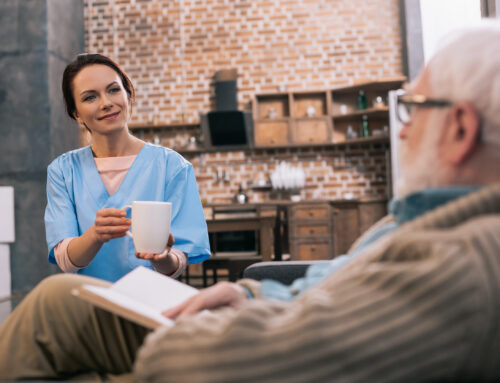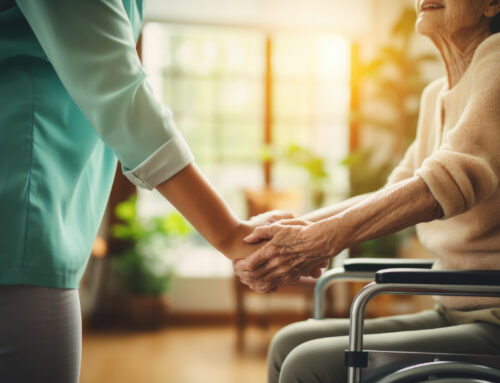Fall Prevention and Recovery: Comprehensive Care for Seniors at Home
As seniors age, maintaining mobility and independence becomes increasingly challenging, particularly when faced with the risk of falling. Falls are the leading cause of injury and hospitalizations for older adults, making fall prevention and recovery essential components of elderly care. HomeChoice Network recognizes this need and is committed to offering expert guidance on both preventing falls and supporting safe recovery at home when they do occur.
In this blog post, we will explore various aspects of fall management for seniors, including effective fall prevention strategies, techniques for recovering from a fall, and how caregivers can safely assist elderly individuals in post-fall recovery. These insights aim to help seniors and their caregivers navigate the challenges of aging with safety and confidence.
The Importance of Fall Prevention for Seniors
Preventing falls is critical in promoting overall health and well-being in elderly individuals. Not only do falls result in physical injuries like fractures or sprains, but they can also lead to a loss of independence and increased fear of movement. This fear, in turn, contributes to decreased activity, which worsens mobility issues, leading to a higher risk of future falls. This vicious cycle can have long-term effects on a senior’s quality of life.
To minimize these risks, it’s important to have a comprehensive fall prevention plan in place. These strategies not only help reduce the likelihood of falls but also enhance confidence and autonomy for seniors.

1. Fall Prevention Strategies for Seniors
A multi-faceted approach is most effective in preventing falls, combining environmental modifications, physical activity, and health management. Below are some essential strategies for keeping seniors safe and preventing falls in the home.
A. Home Safety Modifications
The first line of defense against falls is ensuring the home environment is hazard-free and conducive to safe movement. Some key home modifications include:
- Removing tripping hazards: Eliminate loose rugs, electrical cords, and clutter from walkways. Ensure that all frequently used areas are well-lit.
- Installing grab bars: Place grab bars in critical areas, such as the bathroom (next to the toilet, in the shower, and near the bathtub) to provide stability when moving.
- Non-slip flooring: Install non-slip mats in the bathroom and kitchen. Also, consider applying non-slip coatings to hard floors to prevent slipping.
- Handrails on stairs: Ensure sturdy handrails are installed on both sides of staircases for additional support.
- Furniture arrangement: Arrange furniture in a way that allows for clear and unobstructed movement throughout the home, especially in high-traffic areas.
B. Regular Physical Activity
Maintaining strength and balance is essential for seniors, and physical activity plays a crucial role in fall prevention. Exercise programs specifically designed for older adults can significantly reduce fall risk. Some beneficial exercises include:
- Balance training: Exercises like tai chi or balance classes help improve stability and coordination.
- Strength training: Focusing on muscle strength, particularly in the legs, core, and back, helps seniors remain steady on their feet.
- Flexibility exercises: Gentle stretches can improve flexibility and range of motion, making movement easier and safer.
C. Health Management and Medication Review
Health issues and medication side effects can increase the risk of falls. Seniors should work closely with healthcare providers to manage chronic conditions and review medications for side effects like dizziness or drowsiness. Some additional health-related strategies include:
- Eye exams: Regular vision check-ups help ensure that seniors can see obstacles and hazards clearly.
- Hearing tests: Good hearing is critical for detecting environmental cues that may help prevent falls (such as alarms, footsteps, or voices).
- Footwear: Wearing shoes with non-slip soles and proper support is essential for maintaining balance.
2. Elderly Mobility Assistance After a Fall
If a senior does experience a fall, immediate attention and care are critical to minimize injury and ensure a safe recovery. Proper mobility assistance can make a significant difference in how quickly and safely an elderly person can regain their independence after a fall.
A. Assess the Situation
Before attempting to move or assist a senior after a fall, it’s important to first assess the situation. Look for signs of injury, such as pain, bruising, or an inability to move certain limbs. If the senior appears seriously injured (e.g., possible fractures or head injuries), it’s crucial to call for emergency medical assistance immediately.
B. Assistance with Getting Up
In the absence of serious injuries, caregivers or family members can assist seniors in safely getting up from the ground. Here are the recommended steps:
- Stay calm: Both the senior and caregiver should take a moment to calm down before moving.
- Find support: Encourage the senior to roll onto their side and then onto their hands and knees, moving toward a sturdy piece of furniture, like a chair.
- Gradual rise: Assist the senior in placing their hands on the chair’s seat, using it to stabilize themselves as they bring one foot forward into a kneeling position. Gradually help them rise to a standing position by pushing up with both hands and feet.
- Rest: Once standing, the senior should sit down immediately and rest before attempting further movement. This rest allows them to recover from any dizziness or shock caused by the fall.
C. Use of Mobility Aids
After a fall, seniors may require temporary or long-term assistance with mobility. Depending on the severity of the injury, mobility aids such as walkers, canes, or wheelchairs may be necessary to help the senior regain confidence while moving. These aids not only assist in physical recovery but also prevent future falls.

3. Safe Lifting Techniques for Elderly Caregivers
Caregivers play an essential role in fall recovery, but assisting an elderly person can be physically demanding and requires proper technique to prevent injury to both the senior and the caregiver. Safe lifting practices are critical when helping seniors after a fall or during daily mobility assistance. Here are some tips for caregivers:
A. Proper Body Mechanics
- Bend your knees: Always bend at the knees and hips, not at the waist, to lower your center of gravity. This protects your back from strain.
- Keep the back straight: Maintain a neutral spine position while lifting. Avoid rounding your back, which increases the risk of injury.
- Lift with your legs: Use the muscles in your legs, not your back, to power the lift. Your legs are stronger and better equipped to handle the weight.
- Avoid twisting: Keep your feet shoulder-width apart and move with your entire body instead of twisting your torso.
B. Use of Lifting Aids
If lifting is too strenuous, use lifting aids like gait belts, mechanical lifts, or slide boards to assist with moving the elderly person safely. These tools are designed to reduce the risk of injury for both the caregiver and the senior.
4. Post-Fall Recovery for Seniors at Home
After a fall, seniors may experience reduced mobility, pain, or fear of falling again. Recovery at home involves a combination of physical rehabilitation, emotional support, and lifestyle adjustments to ensure a full and safe recovery.
A. Physical Rehabilitation
Working with a physical therapist or mobility specialist can help seniors recover strength, balance, and coordination after a fall. Rehabilitation exercises may include:
- Strength training: Focus on building the leg and core muscles that support safe mobility.
- Balance exercises: Improve stability and reduce the risk of future falls through balance training.
- Mobility exercises: Gentle stretching and mobility work help restore range of motion and flexibility, improving the senior’s ability to move confidently.
B. Emotional Support
Fear of falling again is common after an accident, and this anxiety can significantly impact a senior’s willingness to stay active. Caregivers should provide emotional support, encouraging seniors to stay engaged in physical activities that promote confidence in their movement abilities. Additionally, counseling or therapy may be beneficial for seniors experiencing significant emotional distress.
5. Fall Prevention and Recovery Plans for Elderly
Prevention and recovery are closely linked. Having a plan in place ensures that seniors can recover safely while taking the necessary steps to prevent future falls. Here are some essential elements of a fall prevention and recovery plan:
A. Create an Emergency Plan
Ensure that the senior has access to emergency contacts, such as medical alert systems or mobile phones programmed with emergency numbers. Having a plan for immediate assistance can significantly reduce the risks associated with delayed medical care after a fall.
B. Monitor Health Conditions
Routine health check-ups help identify any underlying issues that may contribute to falls, such as vision impairments, muscle weakness, or neurological conditions. A fall prevention plan should include regular medical evaluations to monitor and manage these risks.
C. Continue Mobility and Strength Training
Ongoing exercise programs focusing on balance, flexibility, and strength are key to both preventing falls and supporting recovery after a fall. Encourage seniors to stay active, even if they’ve experienced a fall, as this is essential for long-term mobility and independence.
D. Environmental Assessment
Reassess the home environment regularly, making additional modifications if needed, to prevent new fall risks from emerging.
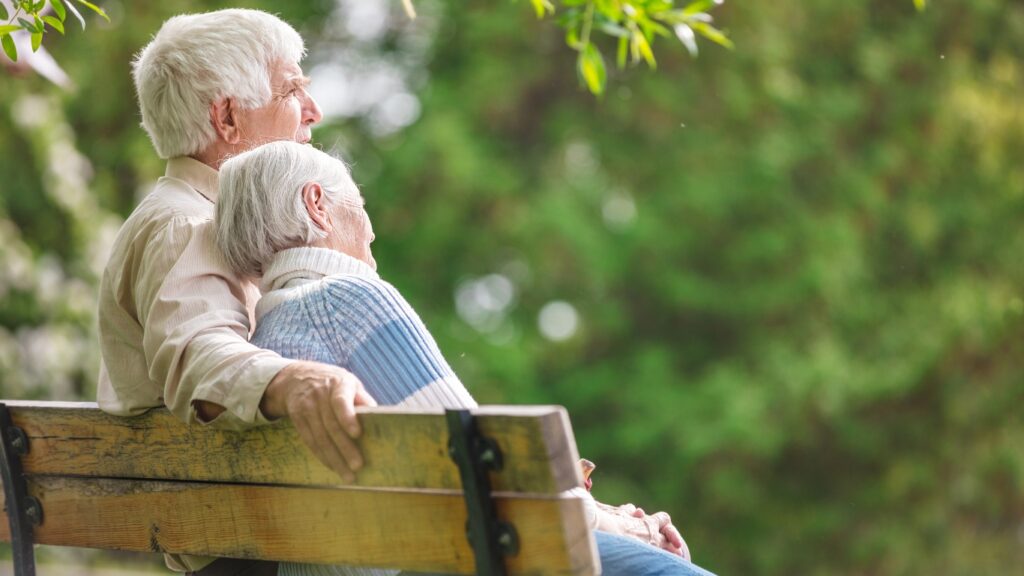
Comprehensive Fall Management for Senior Safety
Falls are a serious concern for elderly individuals, but with proper prevention strategies, recovery techniques, and caregiver support, seniors can maintain their mobility and independence. HomeChoice Network in North Carolina is dedicated to offering practical, actionable solutions for fall prevention and recovery to ensure seniors remain safe in the comfort of their homes. With the right plans and techniques, the risk of falls can be significantly reduced, leading to a healthier, more confident aging experience
HomeChoice Network Inc.
Contact Info
-
Address
260 Magnolia Square Ct, Aberdeen, NC 28315, United States - 910-944-1116
- webcontact@hchoicenet.com


